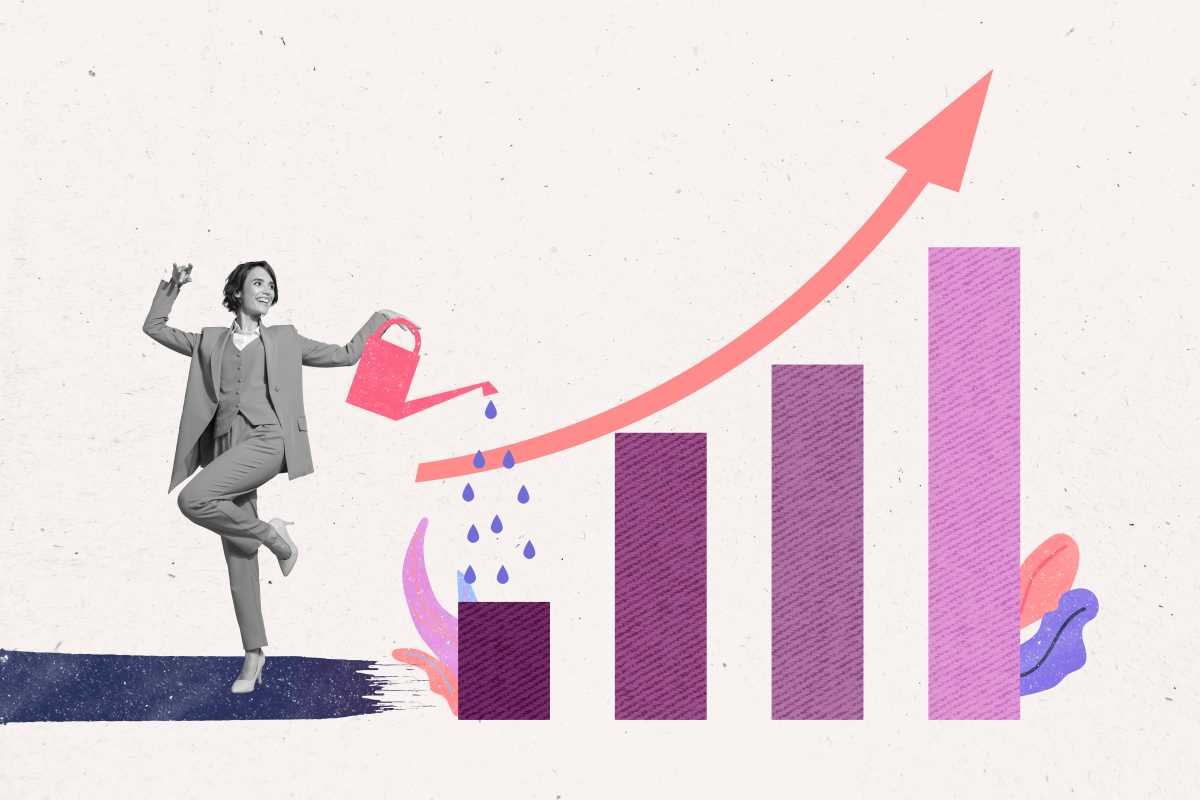Adjusting from hands-on laboratory work to leading client discussions often feels like stepping into unfamiliar territory. Years spent exploring data trends and designing experiments have sharpened your analytical skills, yet boardroom conversations call for a different approach. Your attention to detail and commitment to accuracy continue to serve you well as you navigate this new professional path. This introduction offers a glimpse into a journey that blends your scientific background with the dynamic world of consulting, where creative problem solving and clear communication open new opportunities for growth and discovery.
In this guide, you’ll discover overlooked strengths in your research background, practical routes into consulting gigs and methods for turning technical insights into business value. You’ll finish with tactics for keeping evidence-based thinking sharp even when advising private clients. Let’s explore how you go from lab routines to client deliverables with ease.
Unseen Levers That Make Science Skills Irreplaceable
Your scientific training created key abilities that few candidates can match. Think about designing repeatable protocols: you know how to structure experiments that stand up under scrutiny. That precision feeds directly into crafting project plans with airtight assumptions and clear deliverables.
Beyond methodology, your inquisitiveness encourages a deeper understanding of problems. You naturally investigate root causes, rather than stop at surface issues. Consulting relies on those habits as you repeatedly unpack client challenges and develop multi-layered solutions.
Framing Your Research Mindset in Consulting Contexts
- Identify hypothesis-driven projects and pitch them as pilot proposals during interviews.
- Recast statistical modeling experience as forecasting tools for market trends.
- Highlight peer review skills to emphasize your critical feedback loops.
By translating lab techniques into market-focused offerings, you make your profile instantly relevant. Data triangulation isn’t just for journals—it becomes the backbone of persuasive client recommendations.
Actionable Steps to Earn Your First Consulting Role
- Problem Scoping Framework (Purpose: define consulting projects clearly)
- Usage:
- Gather all stakeholder concerns.
- Map concerns to measurable objectives.
- Draft a one-page project charter.
- Cost/Metric: ~2-hour workshop; minimal budget.
- Insider tip: invite a peer reviewer to catch blind spots before client sign-off.
- Usage:
- Data Visualization Toolkit (Purpose: turn numbers into narratives)
- Usage:
- Select chart style matching the story.
- Standardize color schemes.
- Annotate key points for emphasis.
- Cost/Availability: free with open-source libraries or spreadsheet tools.
- Insider tip: use subtle motion animations in virtual presentations to guide attention.
- Usage:
- Client Interview Protocol (Purpose: capture deeper insights consistently)
- Usage:
- Start with broad context questions.
- Drill down with “why” follow-ups.
- Close by asking for feedback on the interview itself.
- Metric: aim for ≥80% response coverage across topics.
- Insider tip: record (with permission) and transcribe for faster synthesis.
- Usage:
- Stakeholder Alignment Sheet (Purpose: track roles, expectations, and authority)
- Usage:
- List individuals or groups with influence.
- Assign influence levels and content preferences.
- Plan check-ins based on availability.
- Cost/Metric: spreadsheet-based; no licenses required.
- Insider tip: color-code by urgency to spot blockers at a glance.
- Usage:
- Transition Story Deck (Purpose: showcase transferable skills)
- Usage:
- Outline key skills gained from past roles.
- Link each skill to consulting tasks (e.g., market analysis, cost modeling).
- Rehearse delivery until it’s conversational.
- Cost: minimal; template slides suffice.
- Insider tip: record a mock presentation to refine timing and cut filler words.
- Usage:
Adapting Technical Skills to Client Challenges
- Process Automation Blueprint (Purpose: raise efficiency by 20%+)
- Usage:
- Audit daily workflows to flag repetitive tasks.
- Draft pseudocode outlining automation steps.
- Pilot scripts in a sandbox before deployment.
- Metric: scripts should need <5 minutes/day for maintenance.
- Insider tip: build in Python for easier IT team adoption.
- Usage:
- Pivot Table Analysis (Purpose: surface hidden patterns in client data)
- Usage:
- Import raw data into a single worksheet.
- Define row/column variables tied to client KPIs.
- Add filters and slicers for interactive views.
- Availability: included in most spreadsheet apps; open-source versions free.
- Insider tip: lock key ranges to avoid accidental overwrites in group sessions.
- Usage:
- Model Validation Checklist (Purpose: ensure calculation accuracy and trust)
- Usage:
- Define sample scenarios with known outcomes.
- Run them through the model.
- Adjust until deviations fall <1%.
- Cost/Metric: ~2 hours per iteration.
- Insider tip: have a colleague blind-test the model with unexpected inputs.
- Usage:
- Evidence Synthesis Framework (Purpose: merge public research with client data)
- Usage:
- Collect peer-reviewed findings.
- Overlay with internal metrics to spot gaps.
- Write an executive summary connecting trends to KPIs.
- Insider tip: cite broad patterns only—avoid naming specific studies to preserve confidentiality.
- Usage:
- Storyboarding Slide Flow (Purpose: clarify complex deliverables)
- Usage:
- Write one idea per slide on sticky notes.
- Rearrange notes by tension → resolution arc.
- Build slides with consistent layouts.
- Insider tip: keep each slide to one visual + one key takeaway to prevent overload.
- Usage:
Your background in experiments and hypothesis testing naturally connects with consulting’s problem-first approach. By packaging your research skills into client-friendly tools and frameworks, you’ll stand out at every interview and during early project phases.
See this change as a new chapter in your scientific career and enjoy building evidence-based solutions for businesses. Good luck as you start your consulting journey!
 (Image via
(Image via





